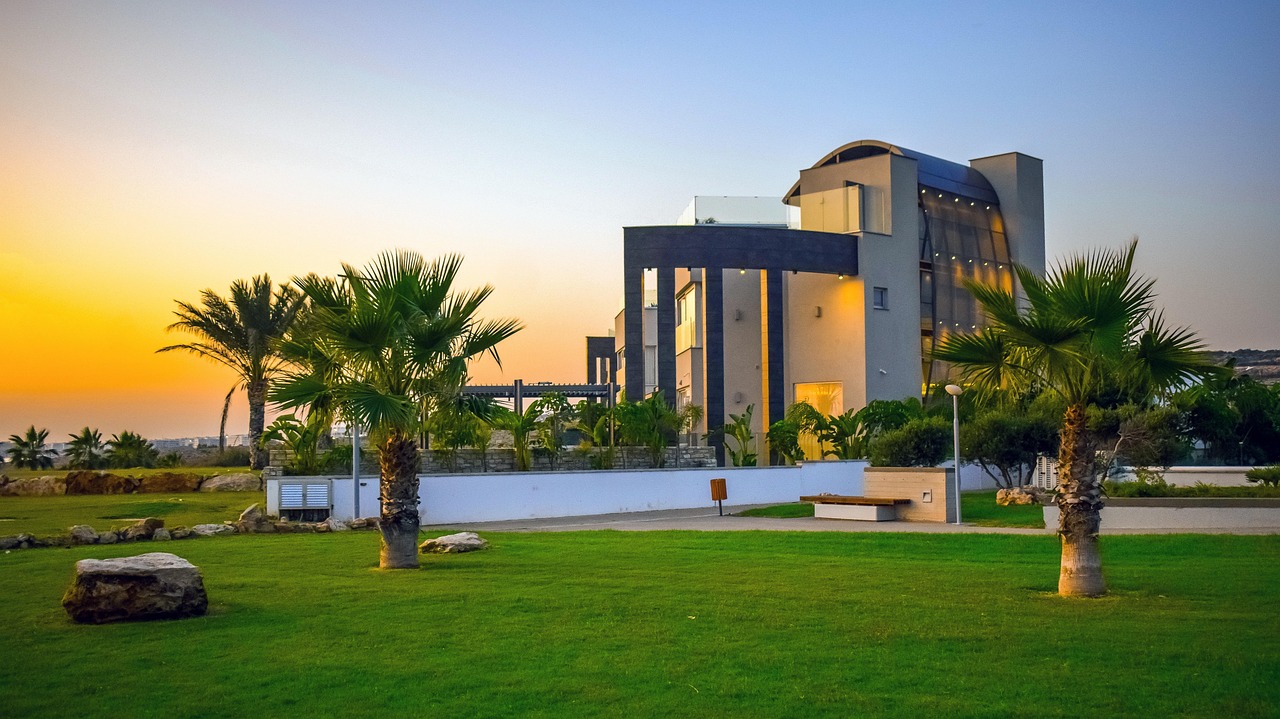Ancient China was a sophisticated civilization that lasted over three millennia. It covered a vast and changing physical and political landscape and produced incredibly varied art over this period. While this period saw the rise of new technical developments, changes in materials and styles and the influence of foreign ideas there remain specific qualities in ancient Chinese art that make it possible to describe it in general terms and to recognize its characteristics no matter where or when it was produced.
These essential characteristics include a focus on the natural world, the belief in the moral and educational qualities of fine art, an emphasis on simplicity, accomplished brushwork, an emphasis on viewing the subject from more than one perspective and a consistent depiction of certain motifs and designs (ranging from lotus leaves to mythical creatures such as dragons). The appreciation of its accomplishments lives on to the present day especially in the areas of ceramics, calligraphy, painting and jade sculpture among many others.
An interesting distinction between Chinese and other ancient cultures was that Chinese artists, in the main, were not professionals but rather upper class amateurs that were also scholars. They were students of Confucius and often involved in literature and published poetry along with their artistic works. For these practitioners and their audience, art was a means to represent the philosophy of life which they valued. As a result the art that they produced is often minimal and free of unnecessary artifice. It was meant to represent an artist’s good character as much as his artistic techniques and skills.
There were also professional artists working at the time, usually employed by wealthy patrons or the Imperial court of Chinese rulers. These artists were tasked with the decoration of the walls and interiors of fine buildings and tombs associated with this class. Supporting these artists was an army of thousands of craftsmen that worked precious materials into fine art objects for those that could afford them. The most significant achievements of ancient Chinese art are to be found in the areas of calligraphy and painting which were regarded as the purest examples of artistic expression at the time. There were rigid rules of art creation and appreciation at the time that reflected the belief that art should ennoble or benefit the viewer and the idea that art should reflect the feelings and aesthetic concerns of artists themselves would only arrive much later in the modern period.









